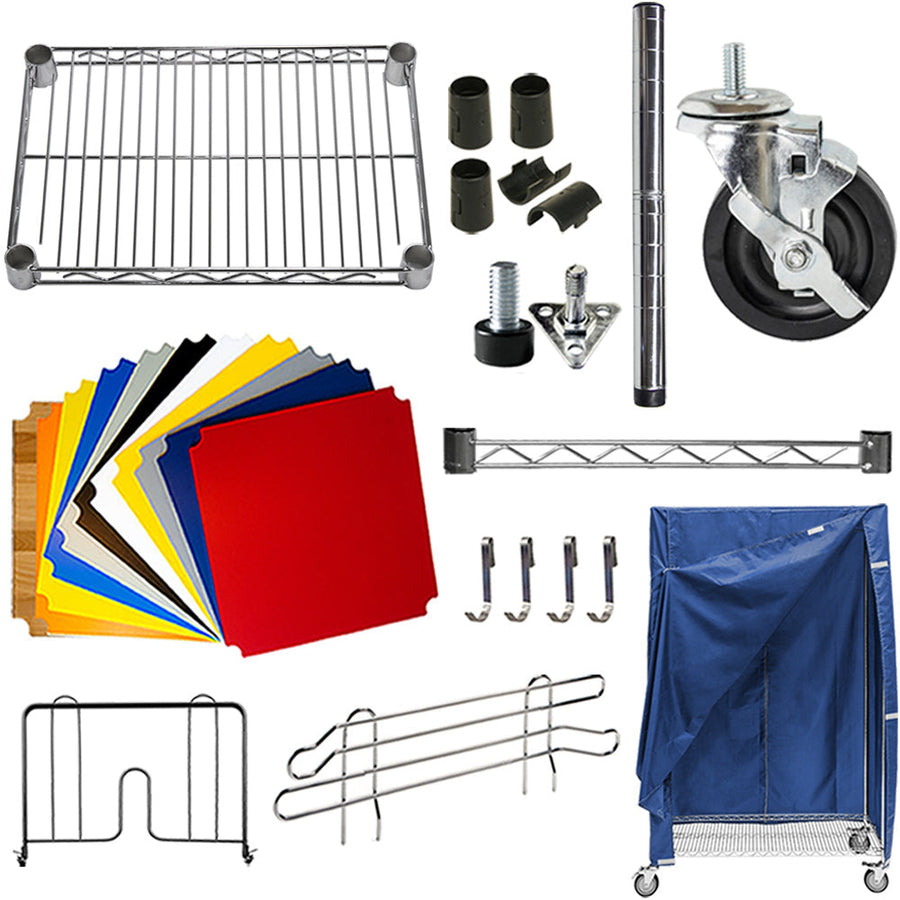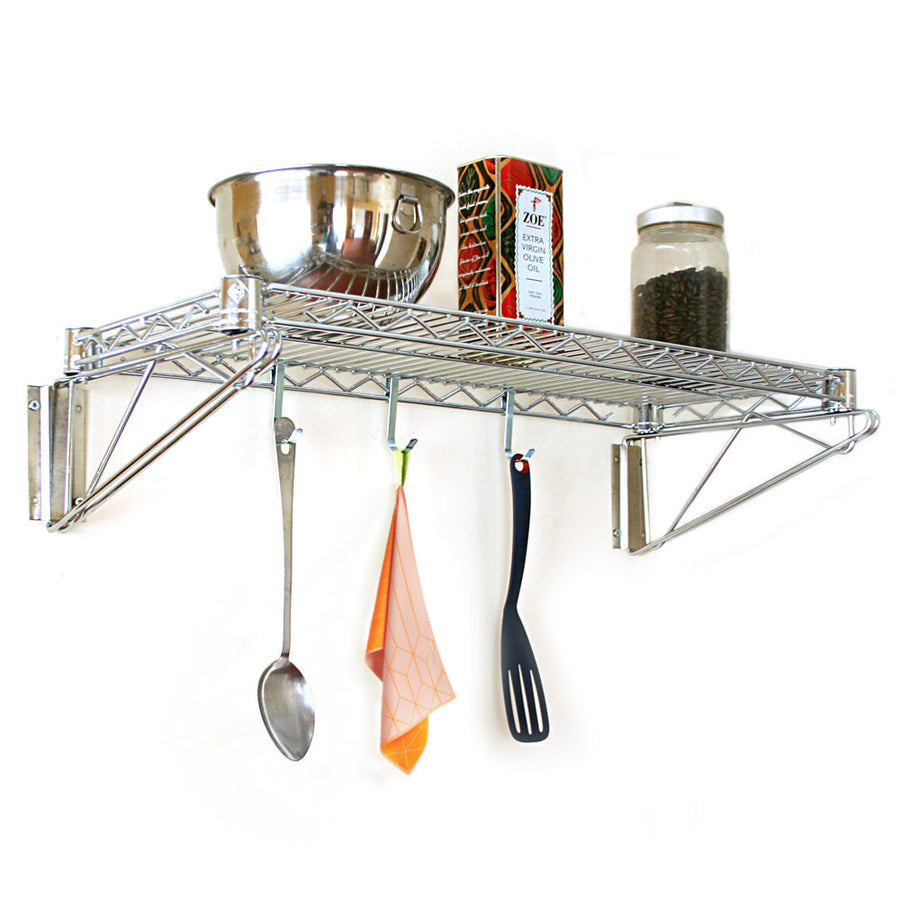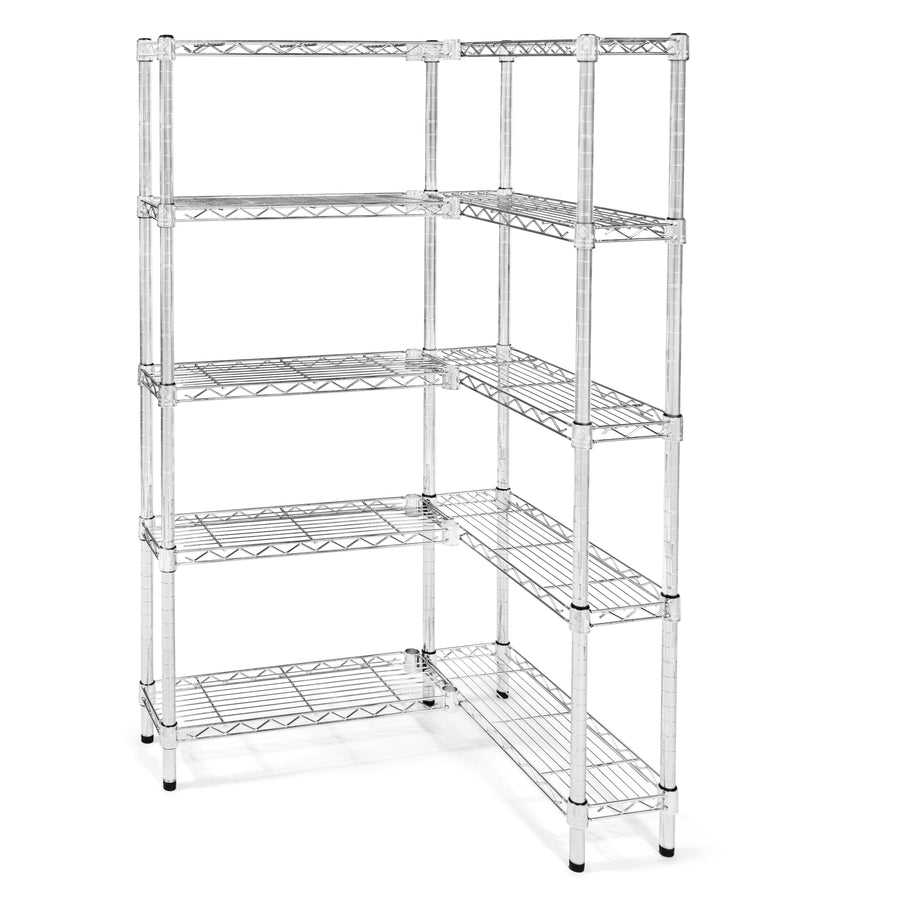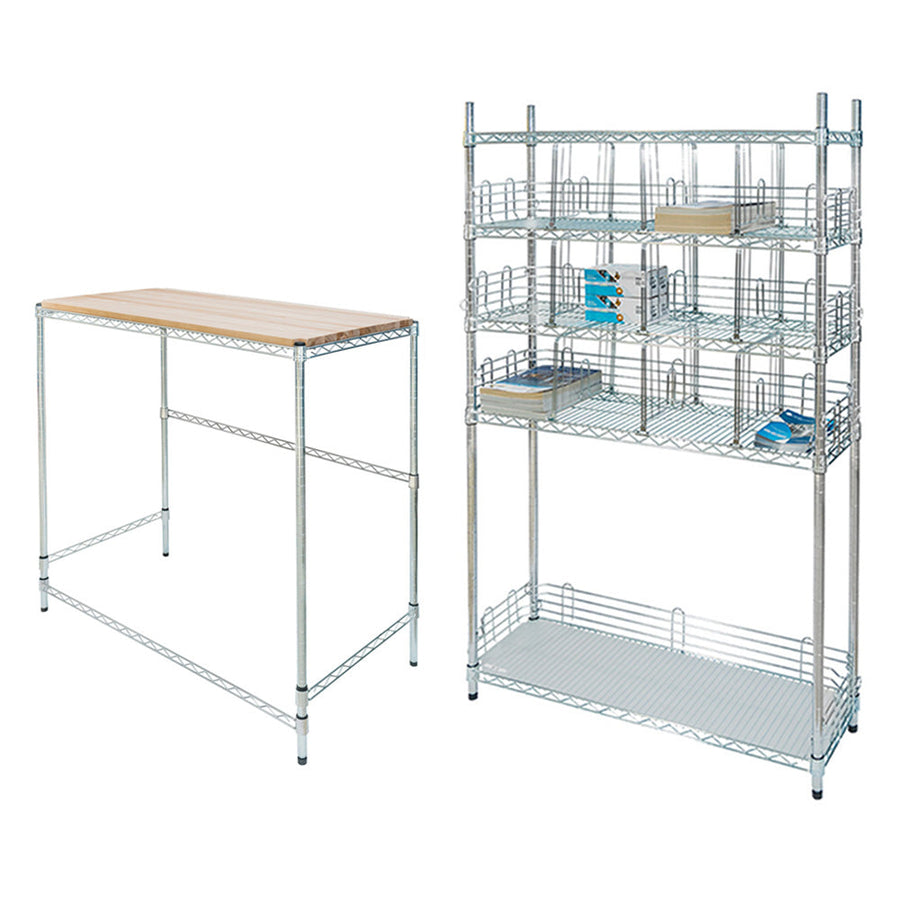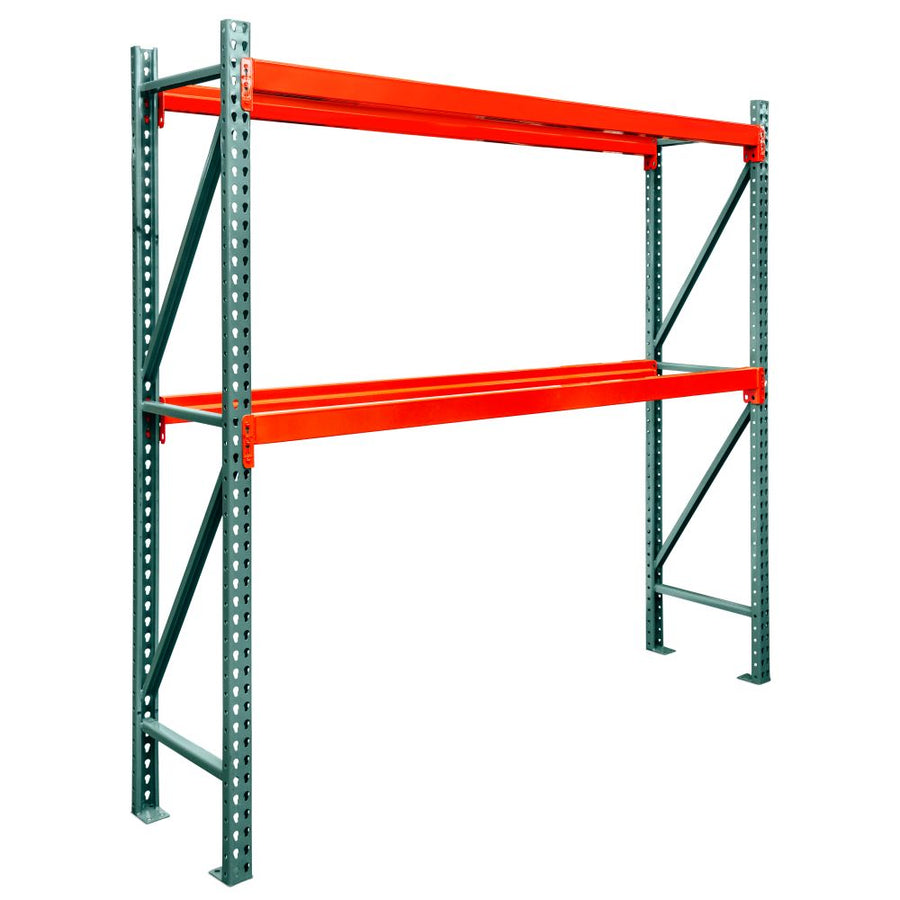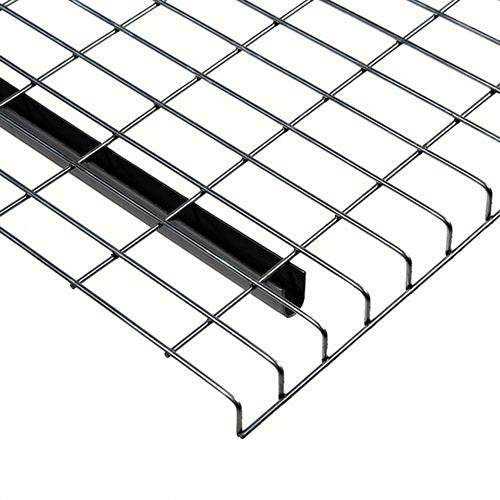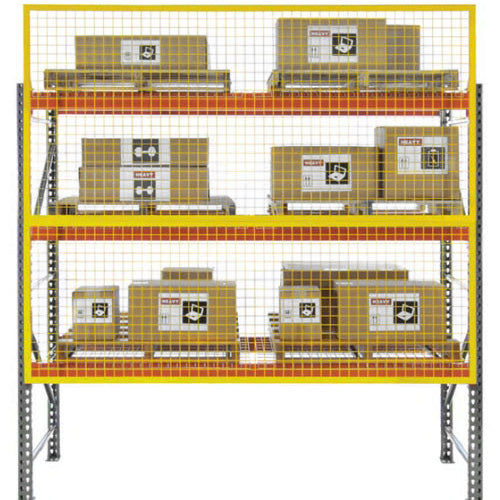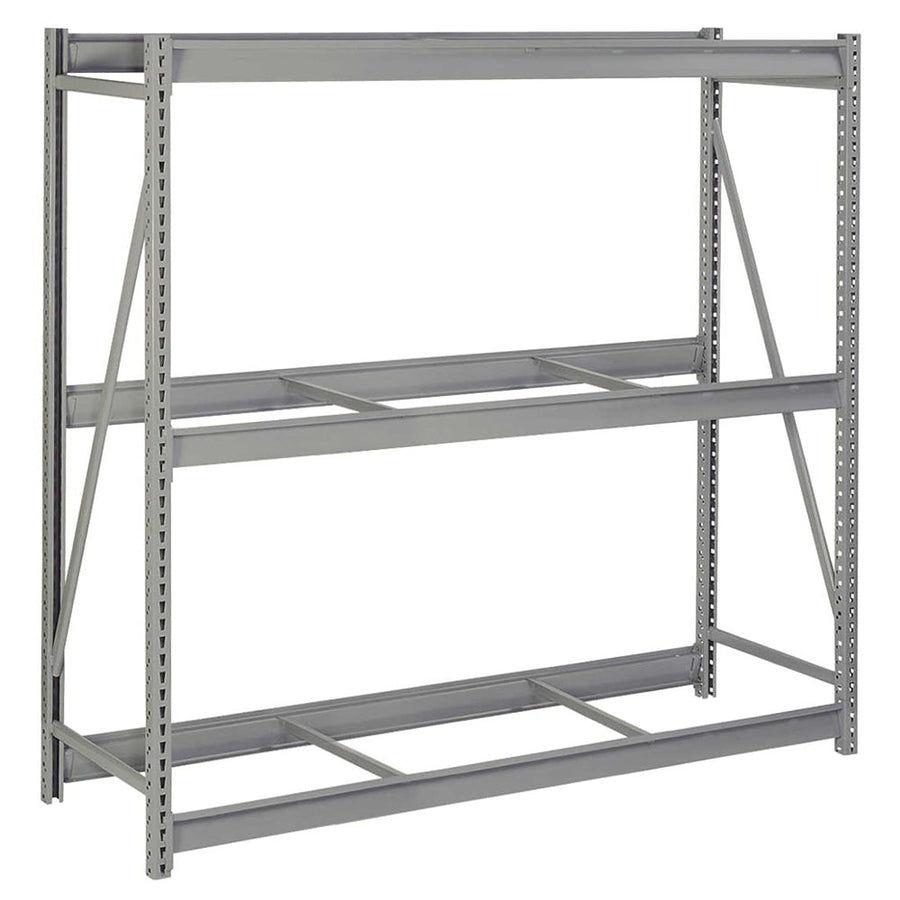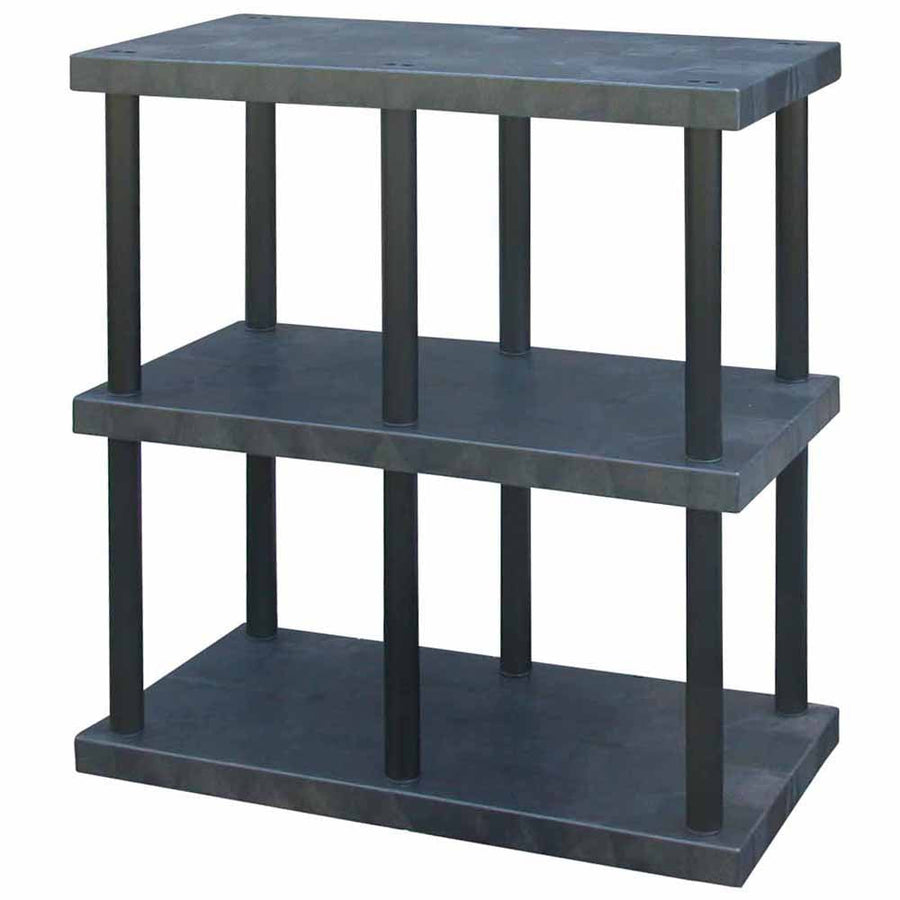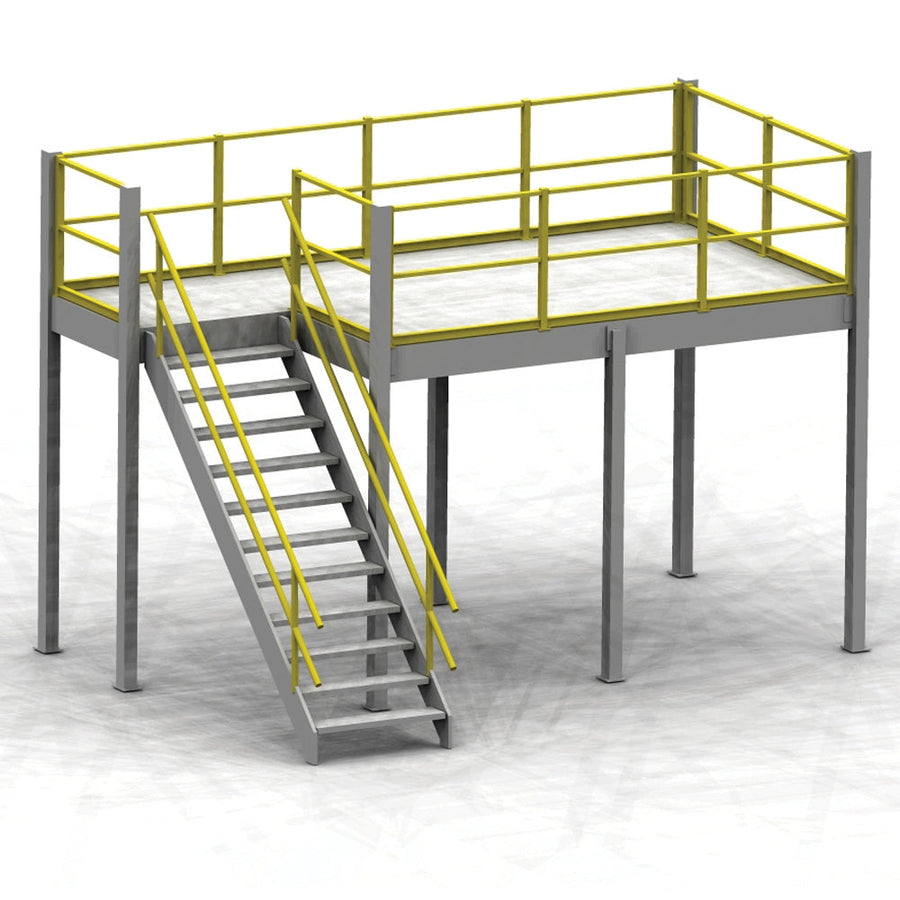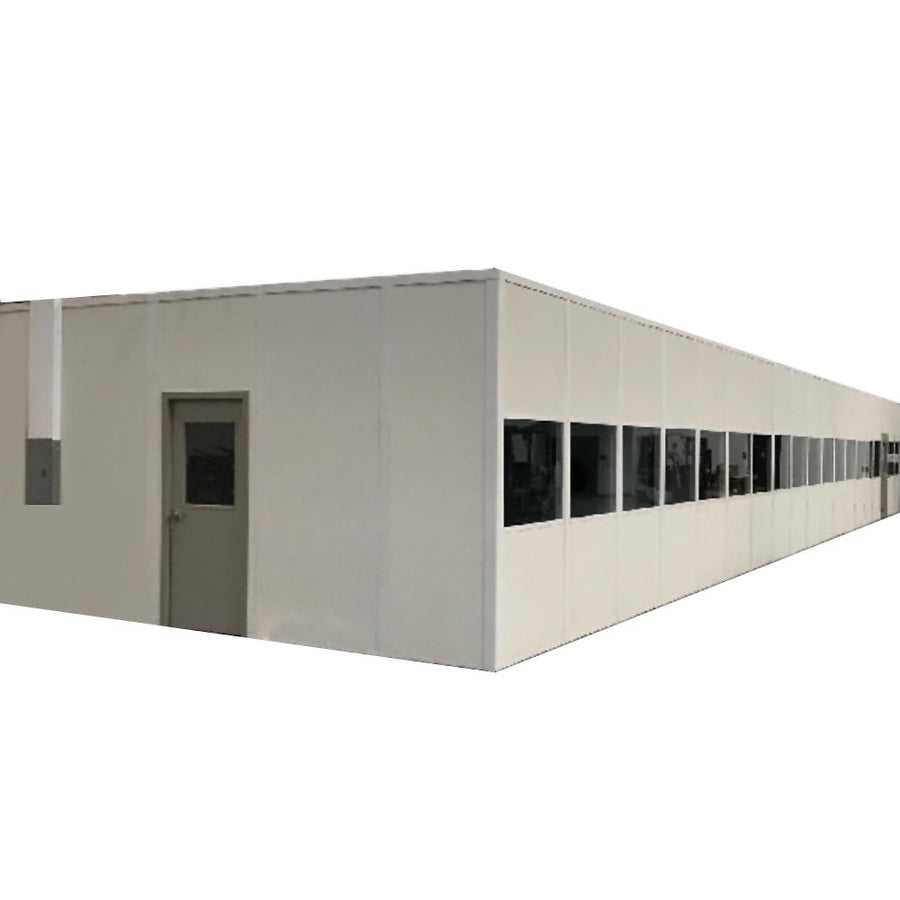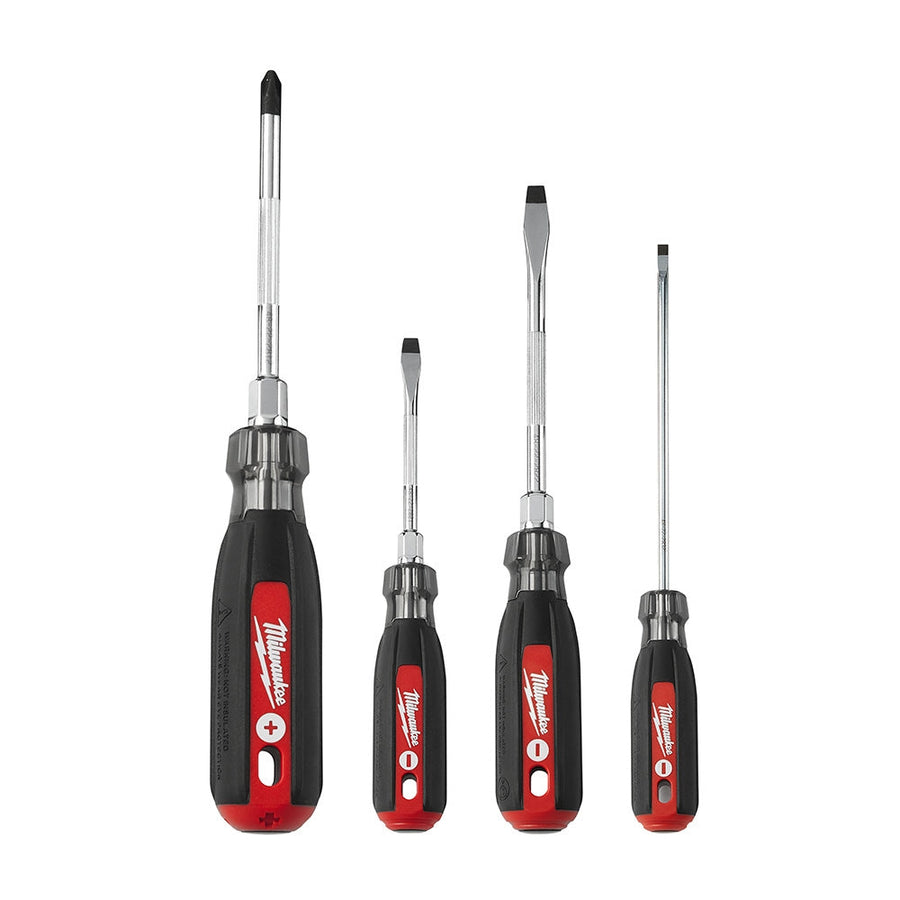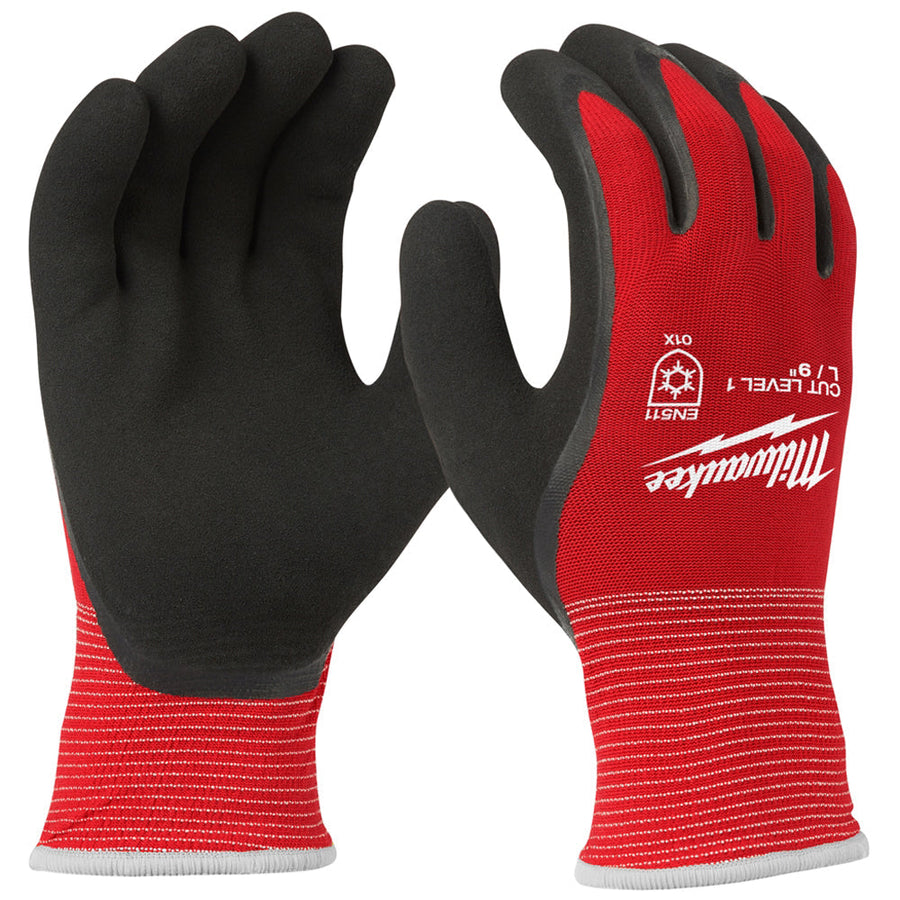Proper organization is crucial for keeping a warehouse functional.
Beyond ensuring your goods and inventory all have a place to go, a properly-organized warehouse is the first step towards guaranteeing your teams can actually find these goods when it’s time for them to be shipped to their destination.
While many strategies can help achieve this goal - clear layout, sufficient shelving for each of your products - the proper use of shelving labels can go a long way towards helping your team find the items they need, when they need it.
How To Use Labels in a Digital Retail Warehouse
The demands of the modern eCommerce landscape mean that, when orders come in, goods need to be processed and sent on their way as quickly as possible. This can’t happen until the items are successfully located on the shelves.
That is exactly where labels can come in. By adding labels with all the necessary information to each item’s location throughout the warehouse, your teams can easily locate the items, track important SKU data, and manage inventory easier than they might have been doing previously. Here’s a few quick tips on how to make the labels in your warehouse as effective as possible:
Place labels according to your floor plan
All the labels in the world won’t help with much if they don’t work in concert with where your warehouse shelving is located.
When designing a label process, make sure you keep in mind the relative position of your shelves compared to the other shelves and fixtures you may have in your warehouse. Review the location of each item and make sure the labels are able to face outward in their label holders for easy access when placing or retrieving items. An obscured label isn’t going to be of much help if it can’t be scanned, and this can lead to bigger issues like mispicks and lost inventory.
Identify the type of labels you’ll be using
Labels can take a lot of different forms, both physically and in the information they contain. The different labels you’ll use will largely depend on what the goals of your warehouse are, and what you need your teams to access when the labels get scanned, such as:
Keep the labels consistent
One way or another, whatever you decide you’re using the labels for, make sure you keep their design consistent. Place the barcodes in the same place on each label, no matter what information they’re tracking or what products they’re used for, to help your team scan them more consistently and avoid snags in the process or missing data.
And if you have any further questions about how labels can help your warehouse work more effectively, contact Shelving Inc today!


